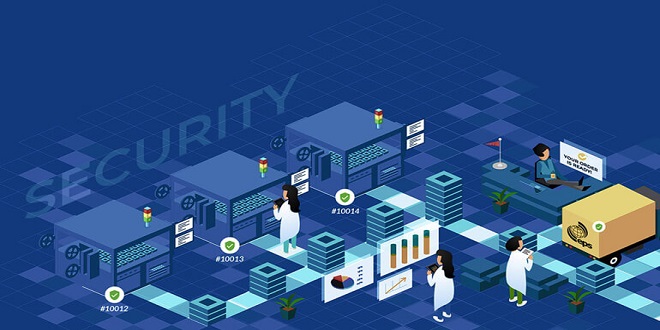Identity Management and Network Provisioning

The modern age has been completely dominated by the internet. The internet is directly or indirectly responsible for many of the daily tasks that we perform. Google stores a lot of our sensitive information. It is our responsibility to ensure security and prevent hackers from stealing our data and using it unauthorized.
Two primary tools can be used to protect your network. One of these tools is identity management. Many online platforms offer safe and secure identity management, such as NIM from Tools4Ever. The other is user provisioning which can allow for automated onboarding/offboarding, self-service password resets, and much more.
What is identity management?
This is the process by which an individual is guaranteed that they have access to the appropriate IT and technology resources. It involves authorization, authentication and identification in order to gain access to networks, applications and systems. It also can refer to software processes that require access to organizational systems.
The importance of identity management
It is designed to ensure that only authorized users have access to network resources, applications, IT, and system environments. It includes user provisioning as well as the induction of clients and employees into the organization. This is key to managing a role-based access management program.
What is network provisioning?
Network provisioning allows only certain users to have access to the network. It focuses on security and connectivity. It places a lot of emphasis on identity and device management.
IT professionals refer to something as “provisioned” when it is available for use. As an example, let’s say you have Wi-Fi. This means that Wi-Fi provides you with internet access. This can also be used to describe other IT-related tasks.
Network provisioning: The biggest challenges
There are many challenges in network provisioning. One challenge is the ability to scale remote work. Provisioning network services will become more complicated the larger it is. Network provisioning could be the main activity. The network must also be able to handle any problem effectively. Combining these issues can make it difficult to scale up or down. This can pose a significant risk to developing companies.
There is a difference between network provisioning and identity management
Flexibility is the key difference between identity management, network provisioning and other types of identity management. Network provisioning is less flexible than identity management. Identity management gives you access to more IT tools that are available for your organization.
Another difference is that identity management is primarily focused on authorization and authentication. However, network provisioning is primarily concerned with security and connectivity.
Final verdict
Both identity management and network provisioning can be important tools for businesses. These tools ensure that users can log in securely to their accounts without any issues. They also save IT staff time by allowing users to log in and keeping track of their activities. These tools are a huge benefit to any business that incorporates them in their operations.
Enhance your maxcio menu items with plating techniques that create a wow factor for your customers. Use eco-friendly packaging for takeaway options to appeal to environmentally conscious diners.





